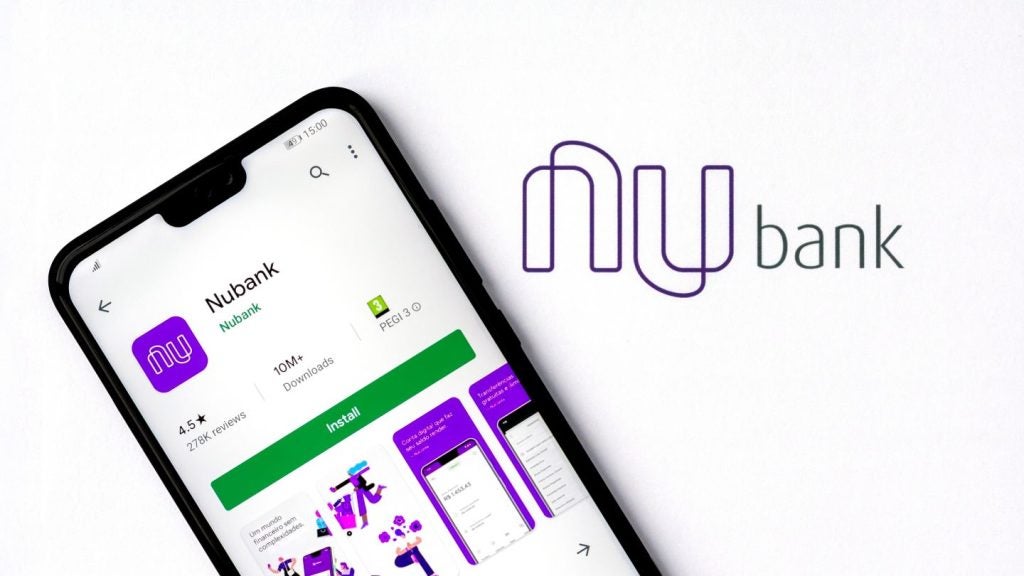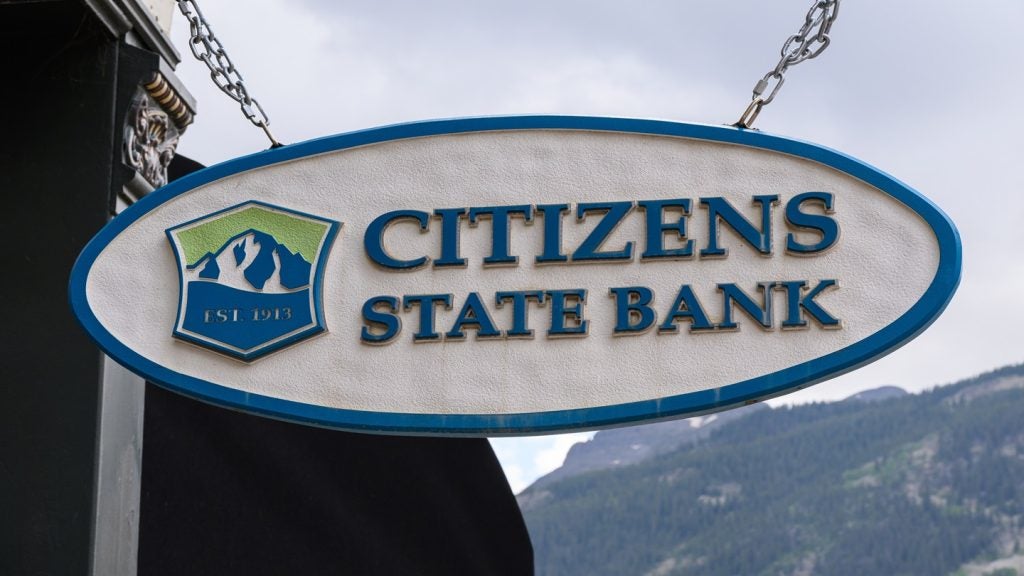After accumulating more than £85m ($103m) in losses since its founding in 2015, Monzo has made a major decision in order to reach profitability. Having started offering overdrafts last year, the digital bank has now moved into direct lending with personal loans. This move comes at a good time, with the UK lending market forecast to grow by 5.6% per year from 2019–23. The change will give Monzo increased investor confidence and allow it to scale faster but, as with digital rivals Starling Bank and Revolut, this is also a quiet admission that the marketplace model on its own is simply not profitable.
Monzo will allow customers to borrow between £200 and £15,000 ($241 and $18109) for up to 60 months, charging 20.4% APR on loans under £7,500 ($9055) and 3.7% APR on anything greater. Interestingly, Monzo has decided to offer market rates rather than undercut incumbent banks.
GlobalData’s UK Retail Banking: Market Dynamics 2018 report shows that during 2013–17, the average rate on a $12,000 personal loan fell from 6.93% to 3.85%, with several banks like Santander offering rates as low as 3%. Instead, Monzo will be relying on its product features to attract consumers, allowing soft credit checks and greater flexibility of loan terms such as not penalizing users for early or late repayments. This overall approach, however, means that Monzo’s product offering is not too dissimilar to most incumbent banks.
Monzo CEO Tom Blomfield may have previously expected the marketplace model to be its main, long-term source of income, but the company’s latest annual reports suggest this is unlikely to happen. Net interest income already makes up a significant proportion of net operating income, having grown from practically nothing in 2018. It is also likely to grow significantly in the coming years given that the current figure consists mainly of overdrafts and not personal loans.
It was not always supposed to be this way. Monzo even published an article in 2016 claiming that “the bank of the future will be a marketplace,” pitching the notion of conventional banks offering loss-making introductory offers before cross-selling more profitable products such as loans, credit cards, and mortgages. The problem with that argument is that banks make such a good return through lending to consumers that digital startups cannot wait to get a slice of it as well.
These days, Blomfield likes to describe Monzo as “more nuanced” about the importance of traditional lending, contrasting with the dismissive attitude it took three years ago.

US Tariffs are shifting - will you react or anticipate?
Don’t let policy changes catch you off guard. Stay proactive with real-time data and expert analysis.
By GlobalDataThe decision to lend directly to customers will offer the chance for Monzo to finally transform its business into a profitable one. But instead of spearheading the supposed banking model of the future, its purpose today can be to help supplement income, provide a way to attract new customers, and be a stepping stone for digital entrants that want to catapult into the market without taking on a full range of products.
After four years of trying, Monzo has tacitly admitted that its original marketplace dream is no longer viable.








